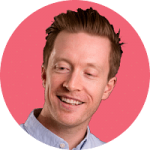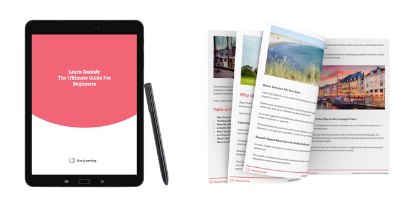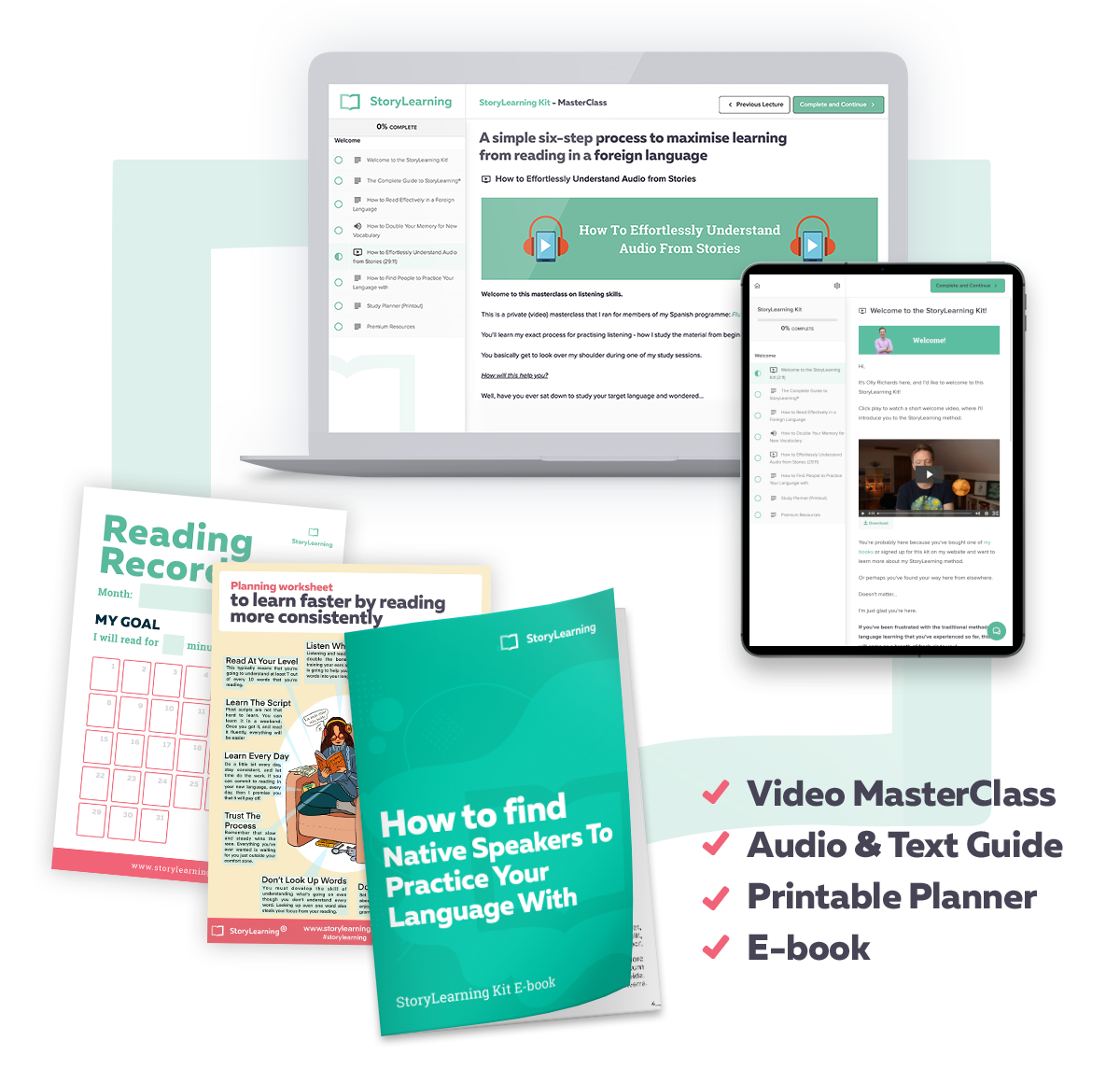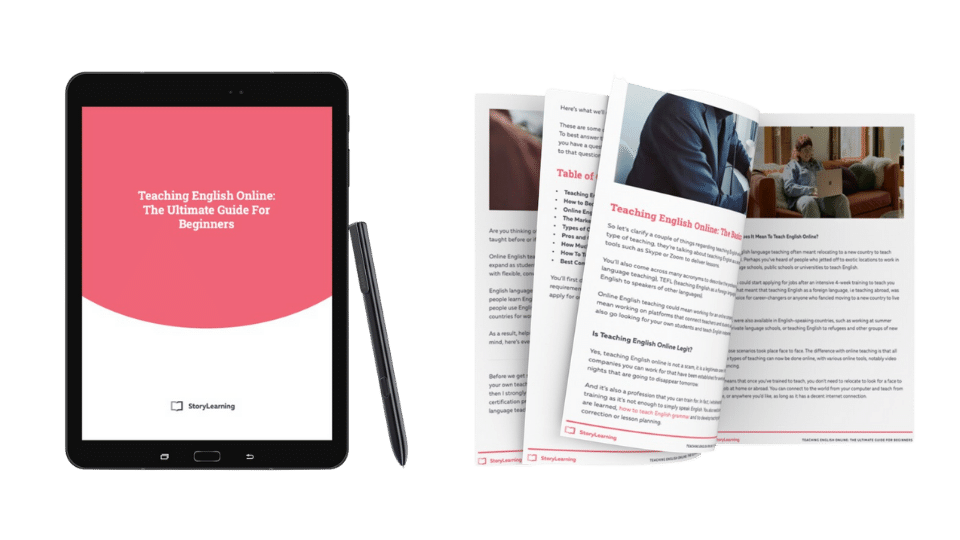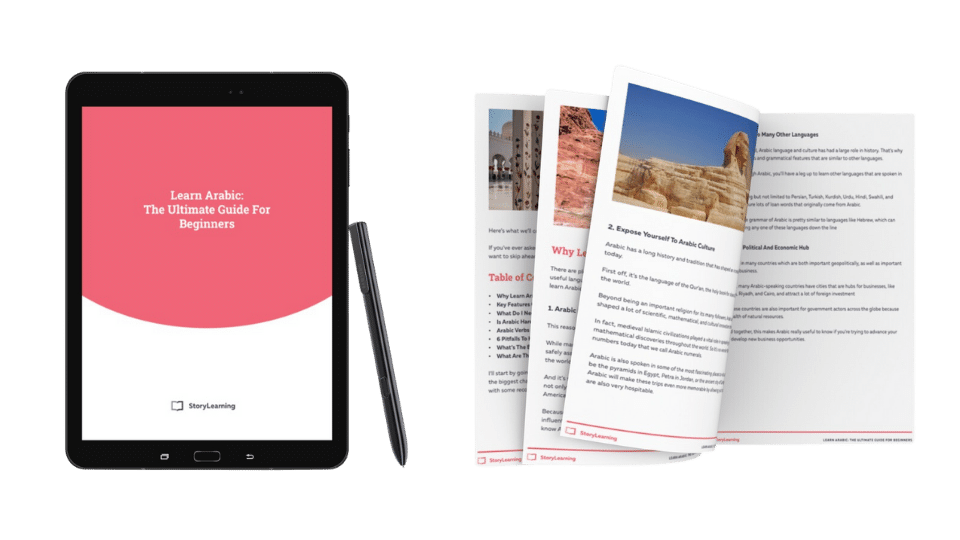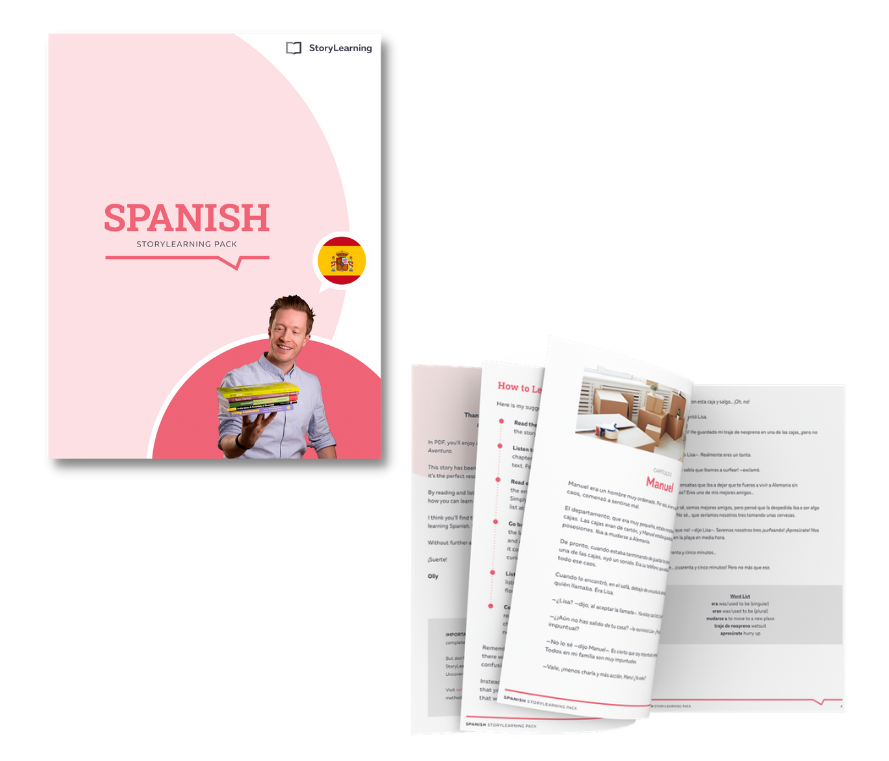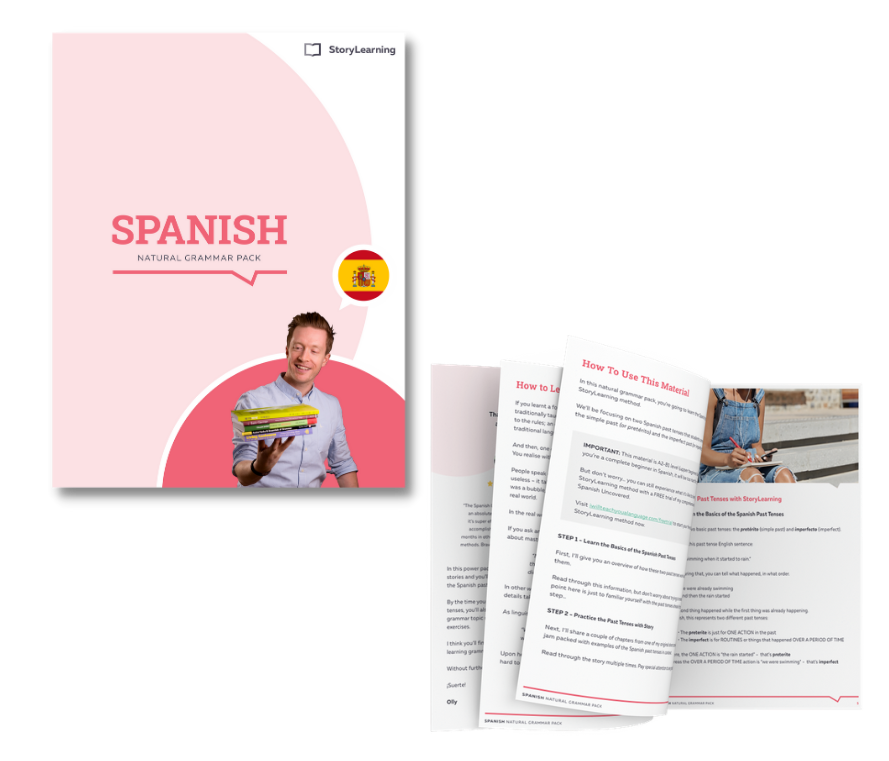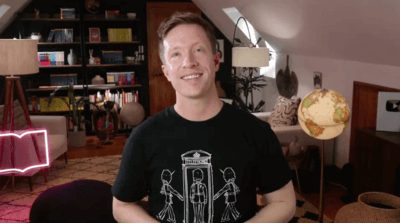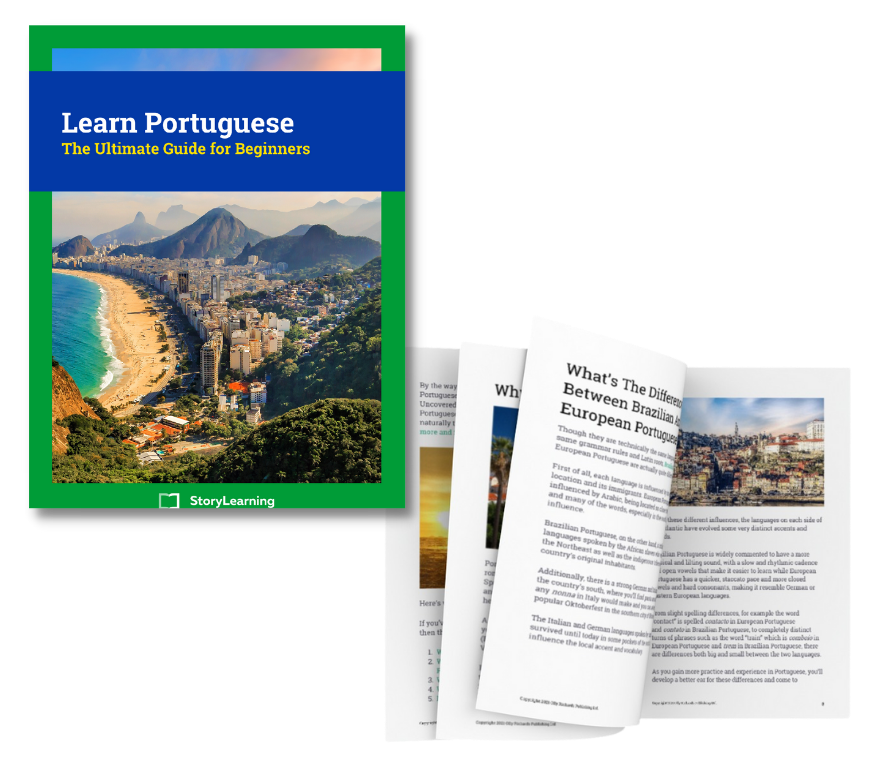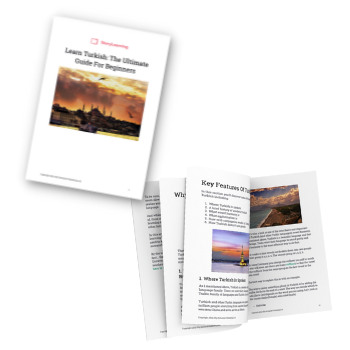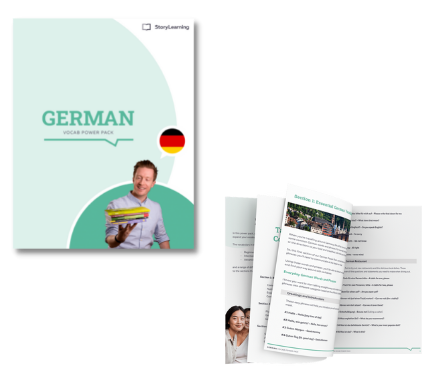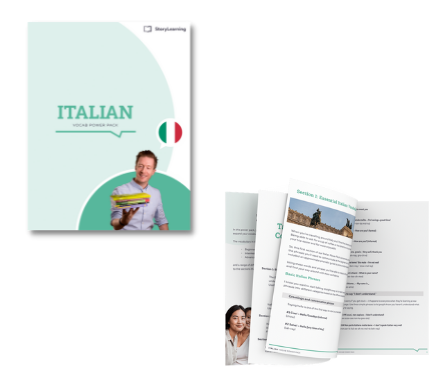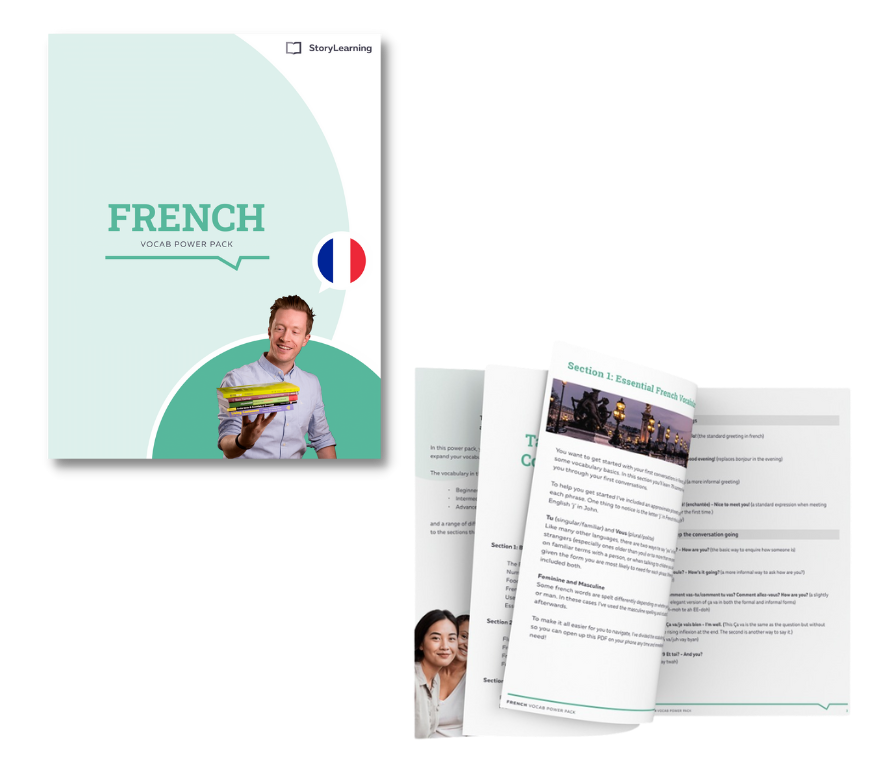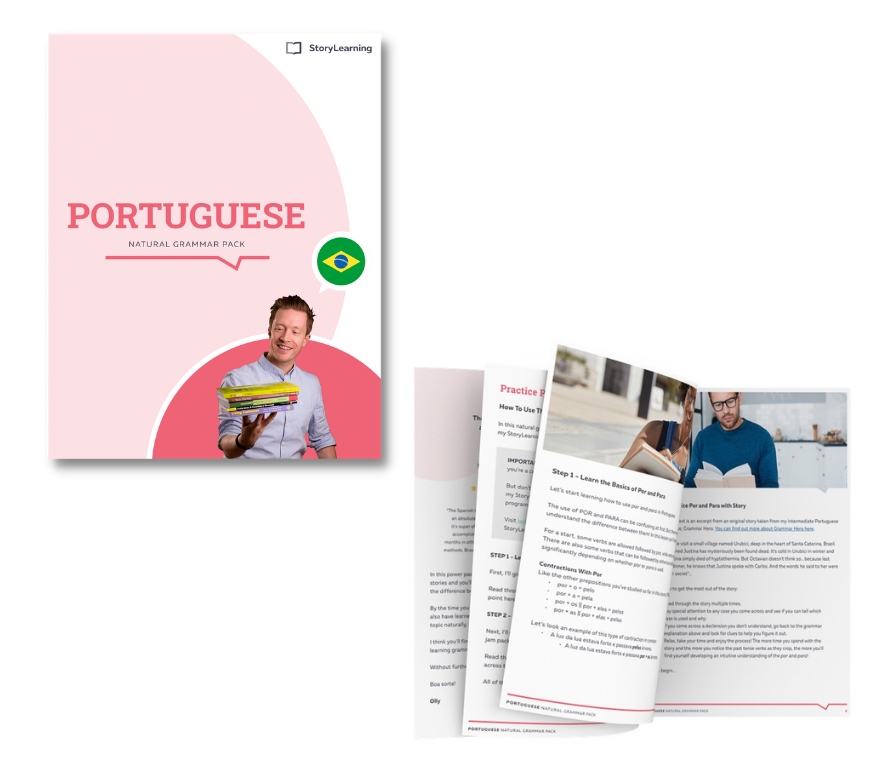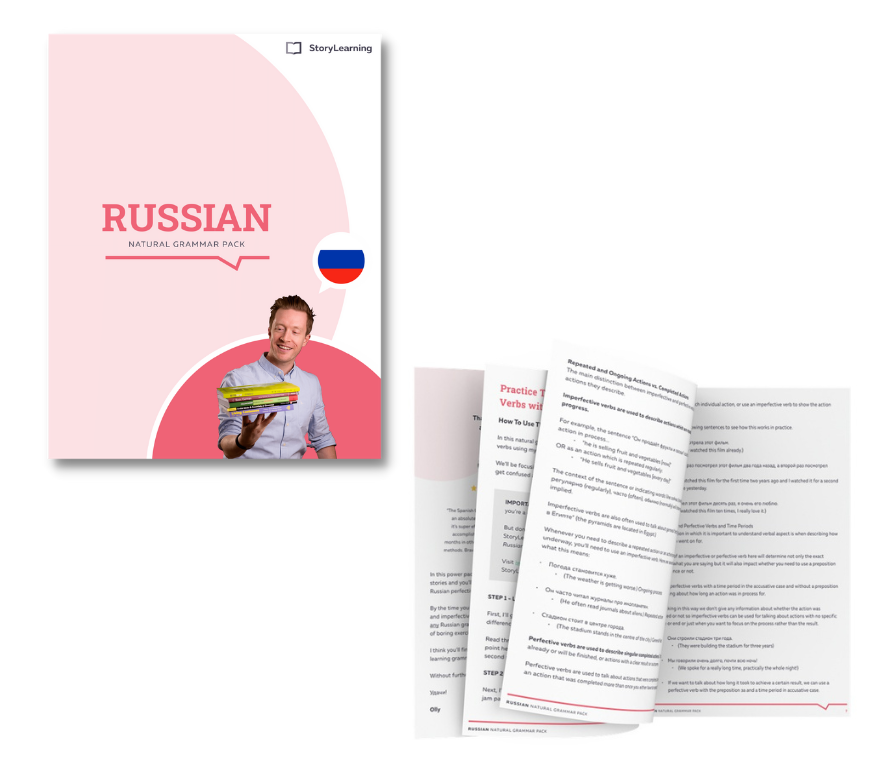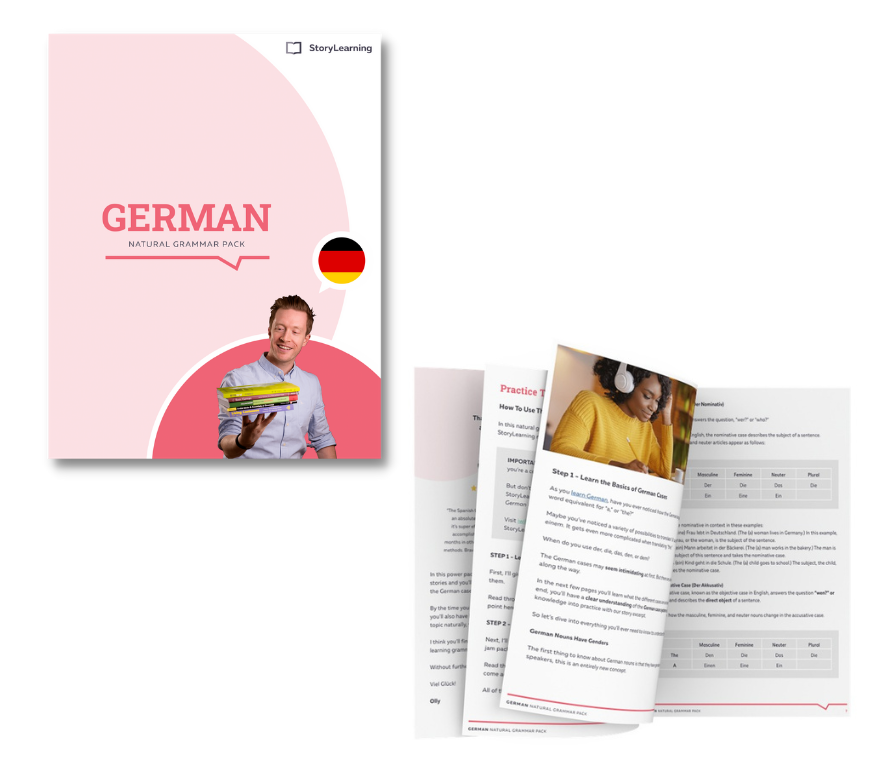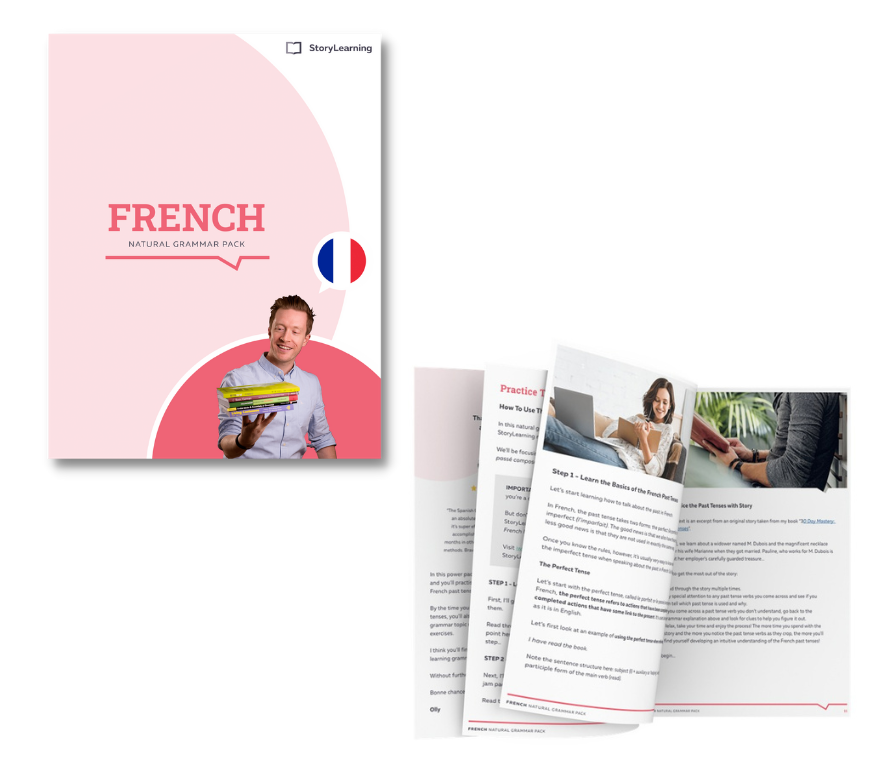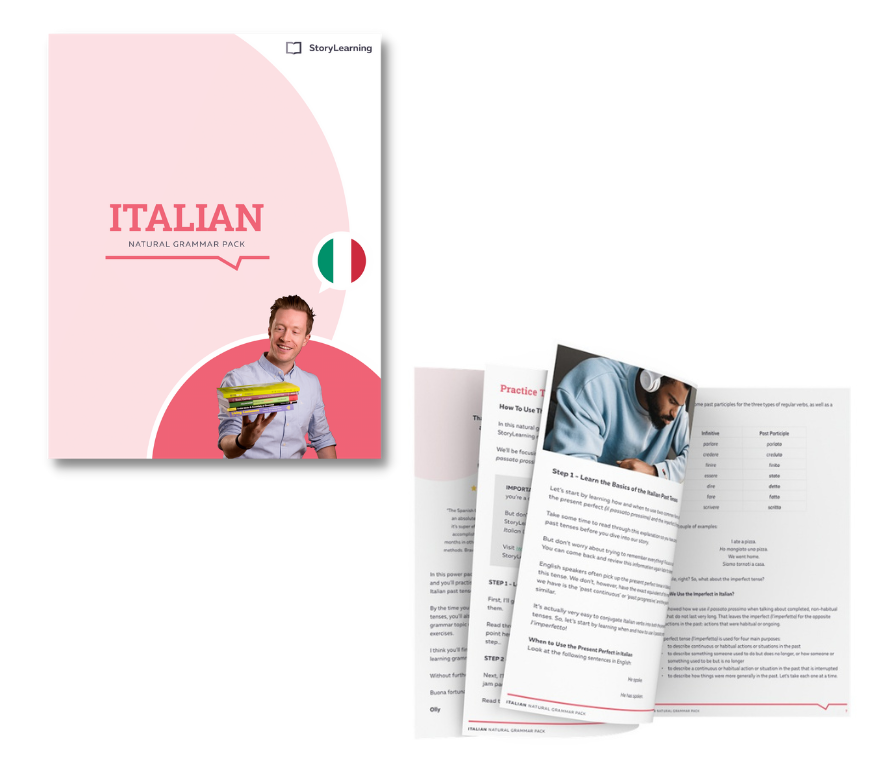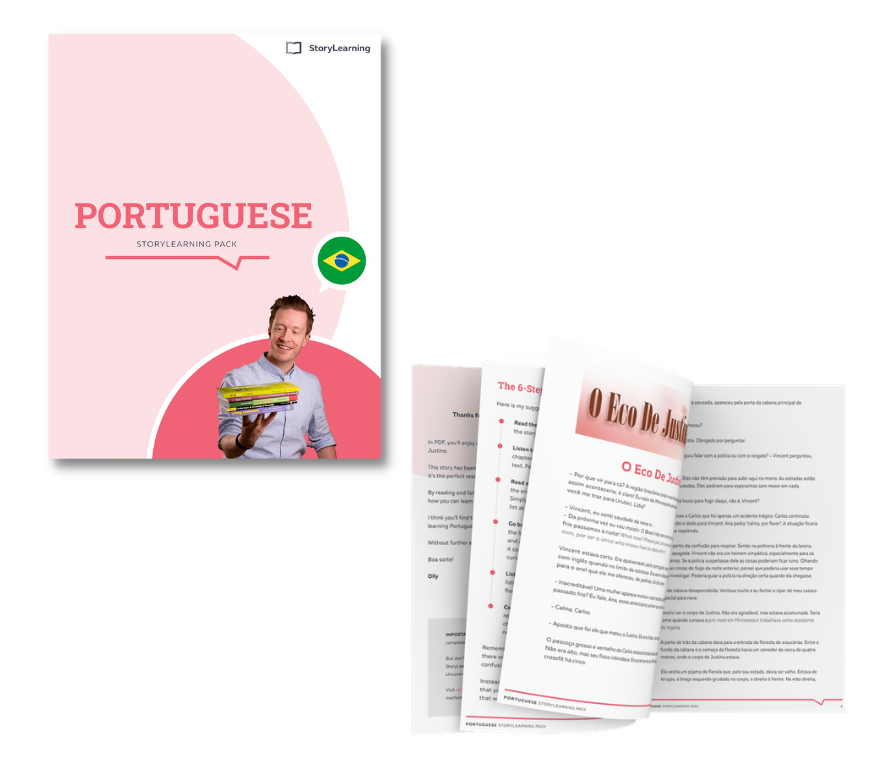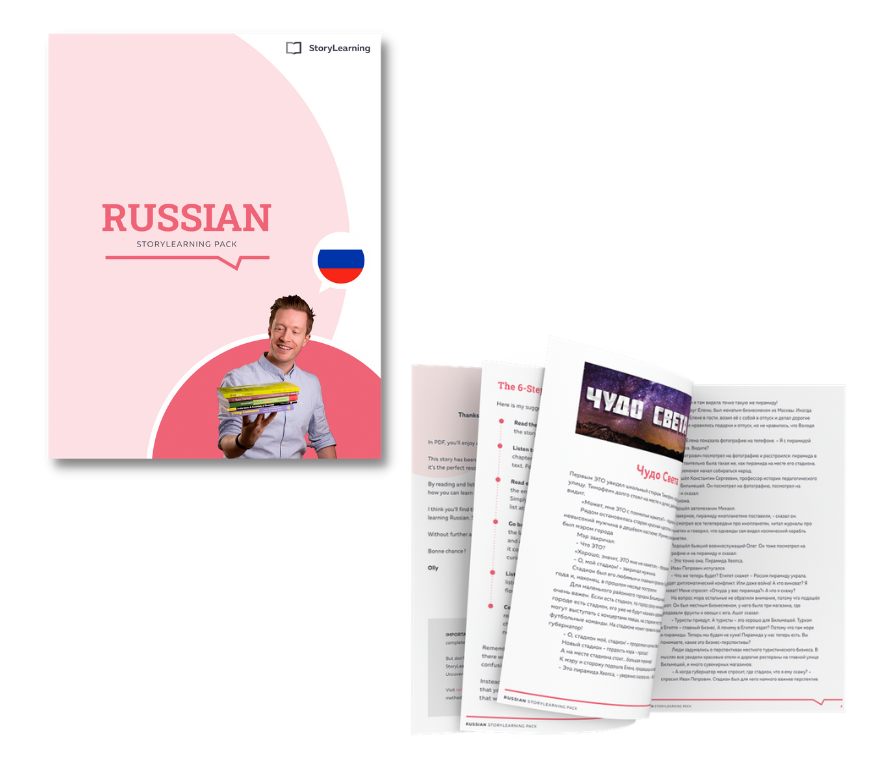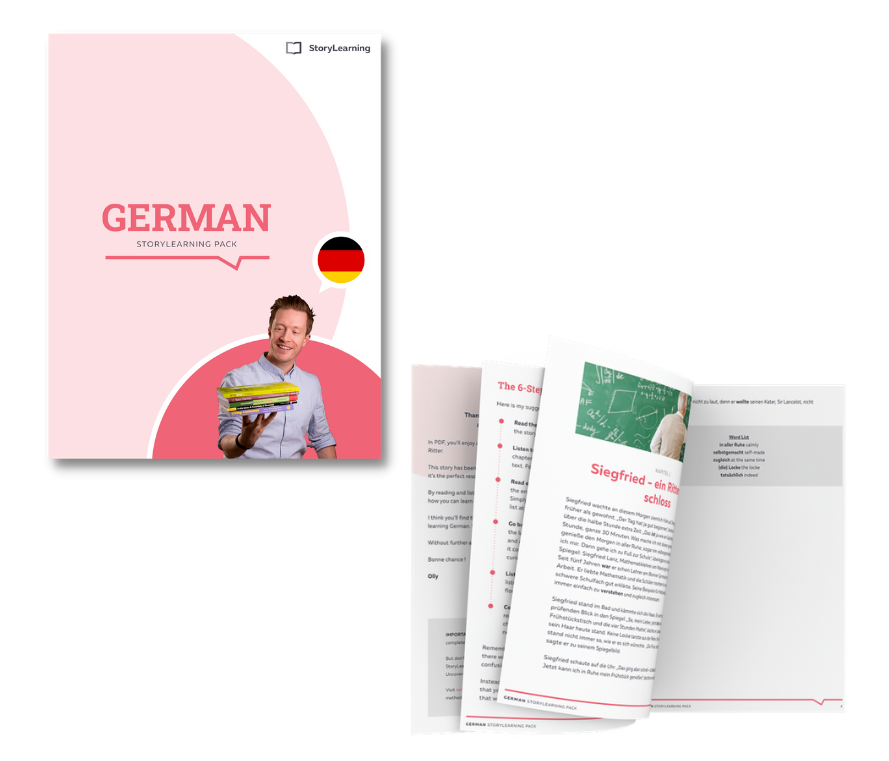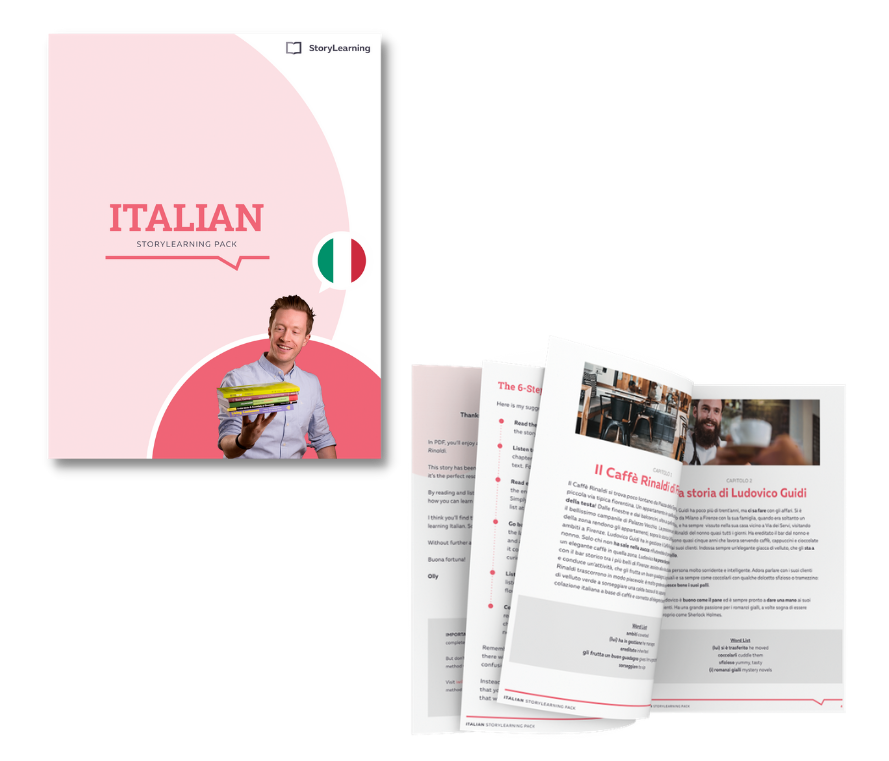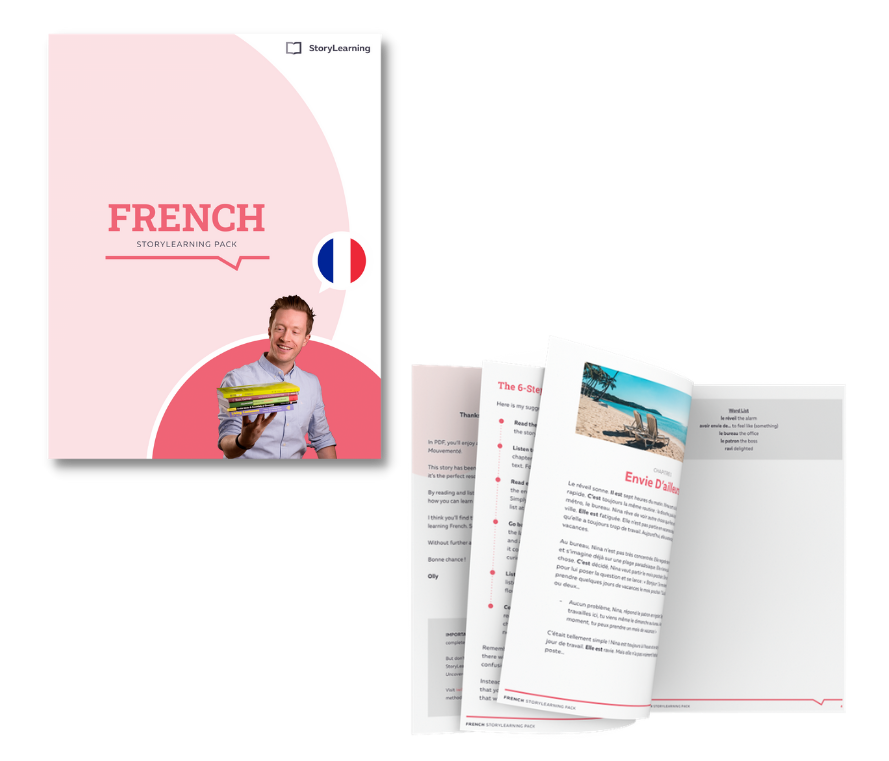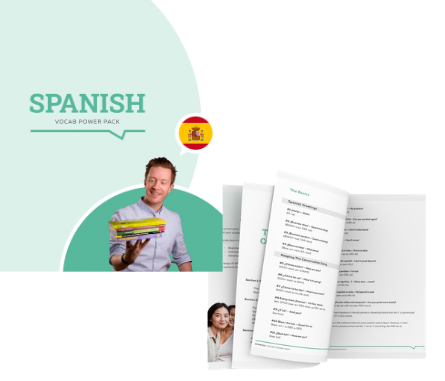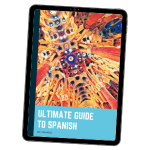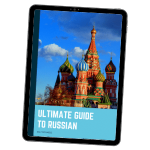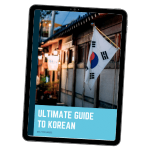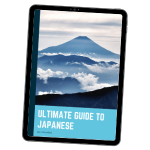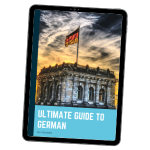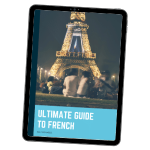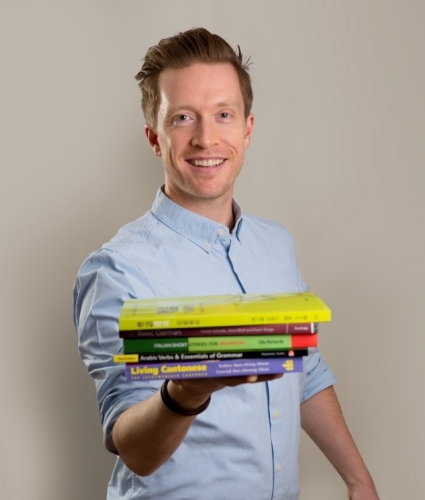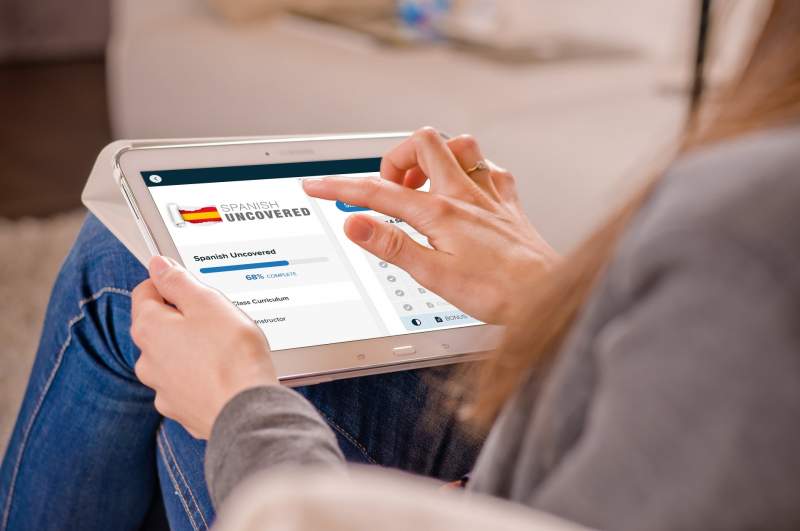This is the language learning guide I wish someone had handed me: a blueprint for how to learn a language fast as a total beginner all the way to having your first real conversations in a new language.
With all the languages I've learnt, I followed essentially this same blueprint. It's the same approach used by James Dyson, who failed 5,126 times before becoming a billionaire. I'll explore his story and how it applies to language learning.
By the end of this guide, you'll know exactly what to do to learn a new language fast, in what order, and what to do when things get messy and you feel like giving up.
Pro Tip
By the way, if you’re serious about improving your language skills, online language courses for fluency can make a huge difference.
I'm offering top-rated online language courses for beginners to advanced learners, covering Mandarin, Spanish, French, Italian, German, Japanese and more.
If you’ve been looking for a story-based online course to learn languages, this is your chance! Get a free 7-day trial of the course of your choice.
If you prefer watching videos to reading, hit play on the video version of this post at the top of this page. Otherwise, here's what you'll discover in this article:
Table of Contents
Month 1: Building Your Foundation
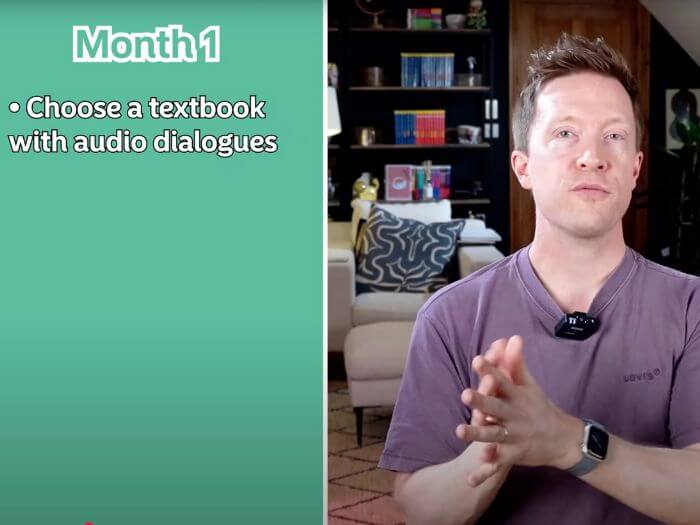
When I'm learning a new language, here's exactly what I do for the first month.
Choose a Simple Textbook
I start by choosing a simple textbook—a beginner's textbook in the language. It doesn't really matter which one.
I look for a textbook that has simple dialogues with audio. These might range from asking for directions to the train station to basic greetings like “How are you, Mrs Jones?”
They're going to be simple and contrived, but that doesn't matter. I'm looking for those simple dialogues that come with audio.
The Daily Routine
For the first month, I simply put on my headphones, open the book, and read those dialogues over and over. Then I listen over and over. Then I read and listen at the same time, repeatedly.
I don't study any of the other material from the textbook. I don't do any of the exercises. I just take that raw material and listen to it as much as I can because I want to get my ears used to the sounds of the language.
Focus On High-Frequency Vocabulary
As I'm reading, I look for words and phrases that keep popping up everywhere. In a textbook dialogue, there might be five or six simple vocabulary items that keep appearing in every dialogue. You can identify them as words that keep recurring.
I try to learn a few of those for each dialogue I'm using. I'm a big fan of using flashcards, so I take those words and put them into flashcards, focusing on learning them through spaced repetition.
The One Thing That Matters Most
This might sound simple or unstructured, but I do things this way because there's only one thing I care about in the early stages of learning a language: vocabulary.
I don't speak at all during the first month, and maybe that's not what you were expecting.
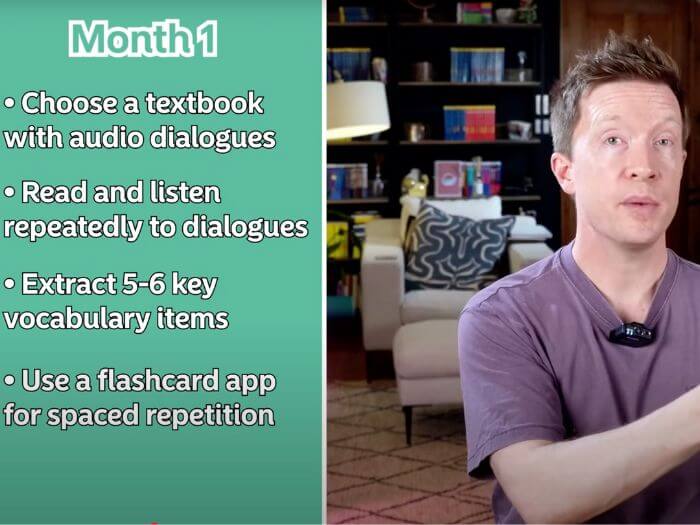
Why Vocabulary Is Your Secret Weapon
The James Dyson Analogy
James Dyson failed 5,126 times before he built something that worked. He created 5,000 prototypes of the same invention—a vacuum cleaner. But here's what caught my attention: Dyson didn't try to reinvent the vacuum all at once.
He sat staring at his clunky old rubbish vacuum and asked himself: “What is wrong with this thing? What's broken? Where can I start?”
It's just like when you're learning a new language and you stare at a language app thinking, “Where do I even begin? There's so much to learn.” But that moment right there is where fluency starts.
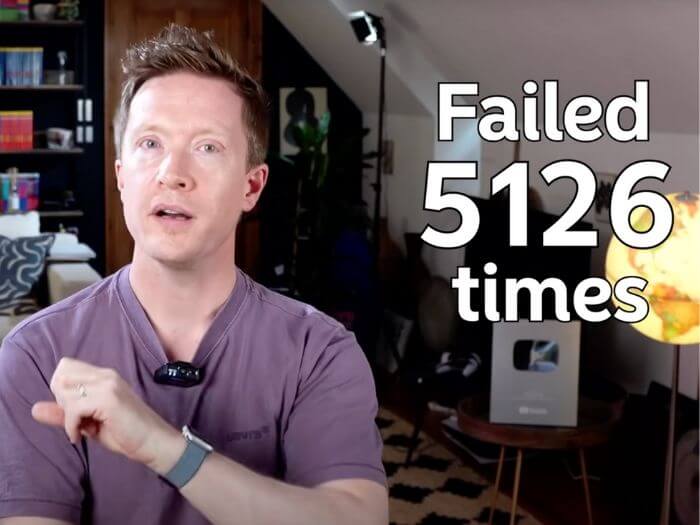
The Beginner's Advantage
Being honest about what day one looks like: you open that app, flick through a textbook, and wonder what you should be doing exactly. Should you memorise all the words? Practice pronunciation? Figure out the grammar?
Before long, you find yourself doing all of it and none of it at the same time because you're too busy trying to figure out what exactly you should be doing.
This is where most people go wrong—they spend all their time working on too many things because they don't know where to focus.
But actually, being a beginner is a superpower if you know what to focus on.
Your Language Learning “Cyclone System”
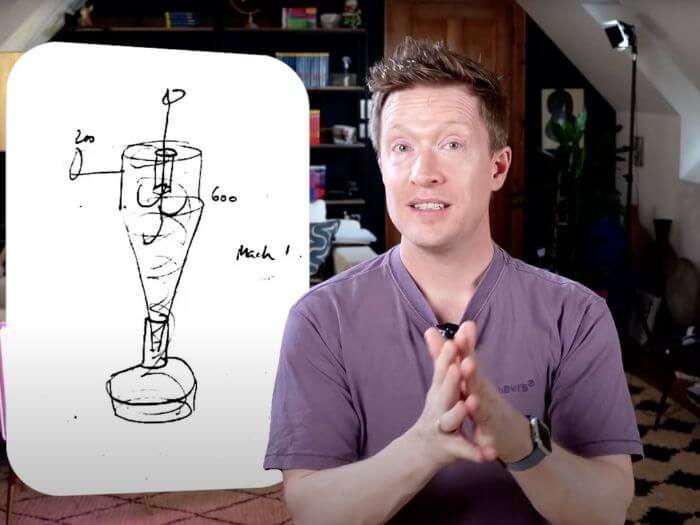
Dyson focused on just one thing: the basic airflow system. He called it a cyclone system. In language learning, what is your basic airflow system? What is that cyclone system—the one thing that makes everything else work?
The answer is vocabulary.
Vocabulary is your cyclone system because:
- You can't have any conversation without words
- You can't understand TV or films without words
- You can't pronounce anything if you don't have a word to pronounce
- Grammar doesn't mean anything if you don't know what the words mean
As a beginner language learner, you've got one basic priority: learn as much vocabulary as possible.
After Month 1: The Turning Point
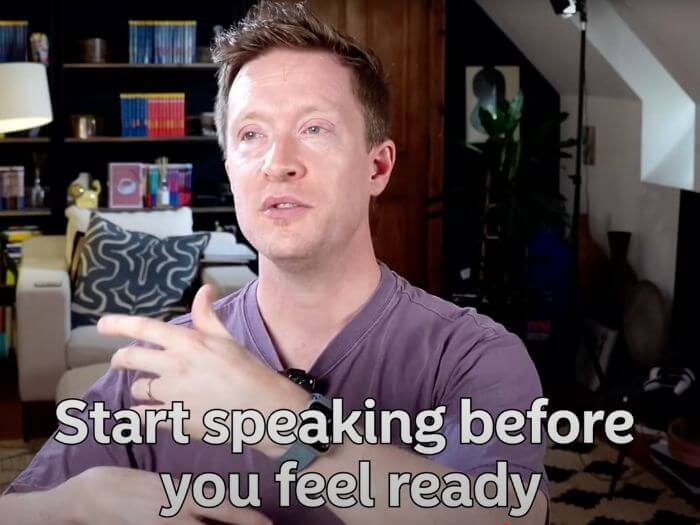
After about a month of foundational work—lots of listening and reading—you hit a turning point.
You now have a base of vocabulary, a critical mass to understand the fundamentals of the language. You can follow along with the gist of things.
I follow that initial pattern for about a month without doing anything else, trying to spend at least an hour a day and doing it every single day. It's that familiarity and consistency that gets you results in language learning.
Time To Start Speaking
After a month, you know a few hundred words and can understand the gist of things. Now is the time to start speaking. This is where it gets real because, let's be honest, most people are terrified of this part.
The idea of using your language with an actual human being who's going to spot all your mistakes can be terrifying. You think to yourself, “I can't even remember how to say “because” and now I'm supposed to have a full conversation.”
All these thoughts go through your head. You feel like you don't know enough. The truth is, you don't. But that panicky feeling usually comes from comparing yourself to other people.
You see people chatting away in fluent Spanish and suddenly feel inferior, like you're already behind. But you are never behind. You are right on track for where you need to be.
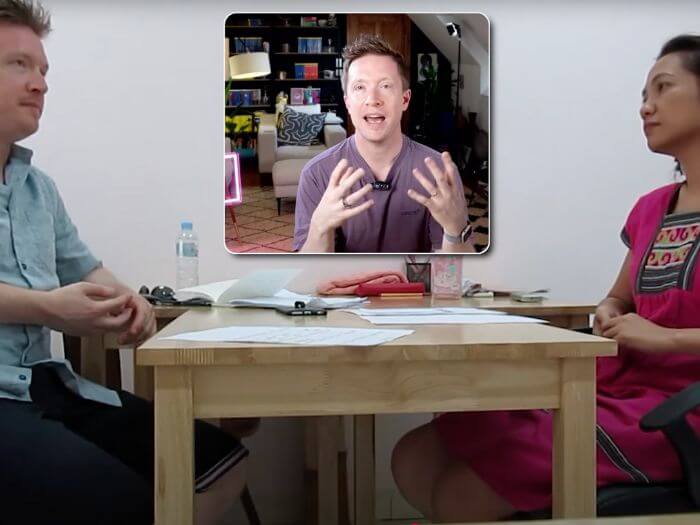
Language Exchanges: Your Speaking Practice
With every new language I learn, while I spend the first month mostly in silence, after around a month I always force myself to start speaking because there is no such thing as the perfect time. You never feel ready, so starting is the most important thing you can do.
Here's how I do it:
Find Language Exchange Partners
- Look for people who speak the language you're learning and want to learn your language
- Meet two to three times a week if possible
- Aim to spend at least an hour talking in each language
- Use all the vocabulary you've been learning from your study
- Ask your partner for corrections and feedback
- Stick to the target language (no English rule if you're learning French)
Alternative Options
- Use websites like LanguaTalk to find inexpensive tutors
- Pay someone to help you practise for an hour a couple of times a week
Finding the Right Person You won't get on with everybody, so often you'll need to meet two or three people (whether language exchange partners or tutors) to find that one person you gel with. When you find someone on the same wavelength, that's when the real magic happens.
Everything you learn from language exchanges goes back into your flashcards for continued practice.
Don't Stress Over Mistakes
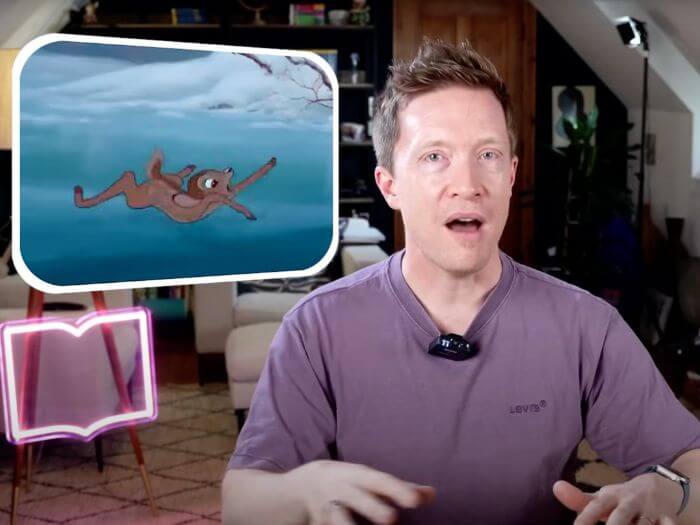
At the beginning, when you first start speaking, you feel a bit like Bambi on ice—but that's exactly what you want because real learning happens inside the mess.
You can't start speaking when you feel ready. You have to start speaking before you feel ready because that's how you develop confidence.
Dyson knew this too. He didn't wait until his invention was flawless. He took it out into the real world—real shops, real people. Every rejection taught him something about why people weren't interested, and slowly his invention got better.
That's what speaking does for your brain. There's no perfect setup, no safety net—just you and the language.
Staying Consistent: The Key to Learning A Language Fast
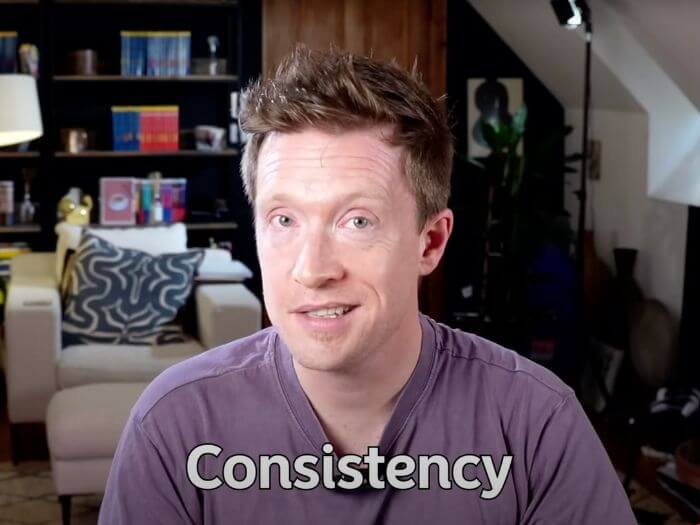
Here's where most people quit: after a month or two when the excitement wears off and progress feels like it's not happening. When you watch TV, you're still using subtitles. When native speakers talk to you, you still can't understand them.
This voice starts to resurface saying, “You're not that smart really. You're no good at languages.” You start thinking, “Maybe I should try a different method. Maybe this language is too hard. Maybe I'm too old.”
This is where Dyson's story really hits home. He wasn't rejected once or twice—he was rejected 1,092 times. That's nearly three years of hearing “no.” Most of us don't even last a month with a new language.
But Dyson kept going, kept creating new versions, trying new things in a product no one believed in yet.
That's what language learning is: no applause, no one cheering you on, no instant wins. It's quiet, introspective work with a slightly audacious hope that one day everything will click.
The “More” Philosophy
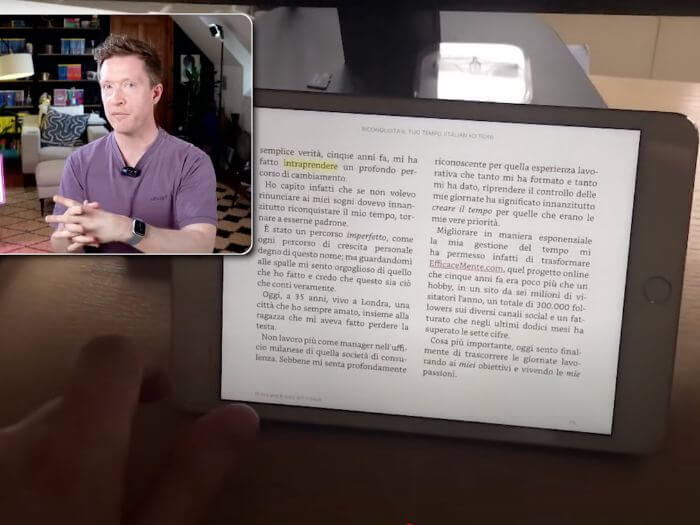
At this point, I know I have a foundation in vocabulary and can speak with another human being without being terrified. So I follow the mantra of more.
I already have the foundations—I can understand and speak. The only thing I need to do to get better is to do more of it. I don't need a new method or to change course. I just need to keep going and stay consistent.
My approach is cycling between:
- Input: Reading and listening with resources like short stories that get progressively more difficult
- Output: Speaking with people regularly
- Grammar study: Starting to look at little bits of grammar to understand why words go where they do
As you do this, you build your vocabulary more and more, learn even more words, and your speaking becomes more confident.
A Little Grammar Goes A Long Way
I typically don't spend long studying grammar exercises, but I look through everything in the textbook to situate it on the map. I like to have a map of what the grammar looks like so I'm aware.
A little awareness of grammar means that as you continue to listen and read, you'll start to spot grammar naturally. As you talk to your language partner, they'll point out grammar naturally, and you'll develop a natural sense of how it works.
The Timeline: How Long Does It Take?
By following this approach consistently, I aim to reach conversational fluency within 6 months.
This depends a bit on the language—familiar languages might be quicker, more challenging languages might take longer.
But this is a very straightforward blueprint for getting to a conversational level in any language in around 6 months.
The Breakthrough Moment
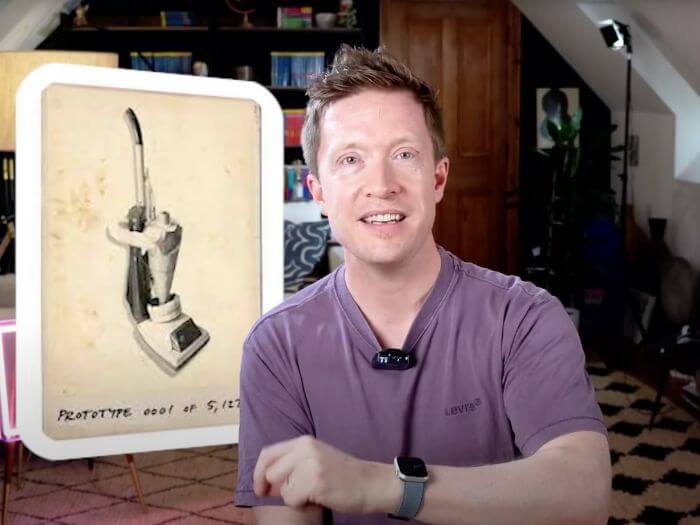
People who became fluent didn't avoid mistakes—they made thousands of them, and they made them on purpose. The only difference between people who become fluent and those who quit is they were willing to be bad at it for long enough to get good.
Dyson only needed one “yes.” That one yes turned into a design award in Japan, then a contract, then a company, and eventually he became a billionaire. It all started with 5,126 failures because he kept going when it wasn't working.
That's how breakthroughs happen in invention and design, but also in language learning. You only need one breakthrough moment.
Picture Your Success
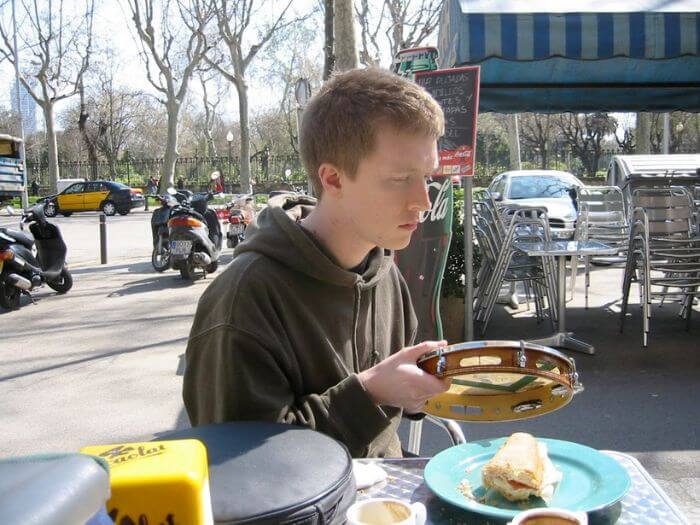
Imagine you're in a café in Barcelona. You order your coffee, chat with the barista about the weather, complain about the tourist crowds. Then it hits you—you just had an entire conversation in Spanish without thinking about it.
Your heart starts racing, not from panic, but from pure adrenaline. This time, you weren't translating in your head or searching for words. You were just talking like a real human being.
You walk out of that café with a silly, childlike grin, practically floating down the street, thinking, “I can't believe I just did that. I actually spoke Spanish!”
But you'll never get that moment if you quit after attempt number three. You've got to stick with it.
How To Learn A Language Fast FAQ
What is the quickest way to learn a language?
The quickest way to learn a language is to immerse yourself daily through speaking, listening, reading and writing.
Combine active study (grammar, vocabulary, apps) with real-life practice like talking to native speakers, watching shows, or listening to podcasts.
Consistency and daily exposure are more effective than long but infrequent study sessions.
How To Learn A Language Fast: Your Action Plan
Here's your complete blueprint for how to learn a language fast:
Month 1: Foundation Building
- Choose a simple beginner textbook with audio dialogues
- Listen and read repeatedly (1 hour daily minimum)
- Identify high-frequency vocabulary
- Use flashcards for vocabulary retention
- Focus solely on vocabulary—no speaking yet
Month 2+: Speaking and Expansion
- Find language exchange partners or tutors
- Start speaking 2-3 times per week (1 hour sessions)
- Apply vocabulary from your study in conversations
- Continue listening and reading with progressively harder materials
- Add light grammar study for context
Months 3-6: Consistency and Growth
- Cycle between input (reading/listening) and output (speaking)
- Build vocabulary continuously
- Maintain regular speaking practice
- Stay consistent—no method-hopping
- Trust the process and embrace mistakes
There's no perfect time to start, no safety net, and no shortcuts. But if you follow this blueprint consistently, you'll be having real conversations in your target language within months, not years.
The key to learning a language fast isn't finding the perfect method—it's finding a good method and sticking with it long enough to see results.
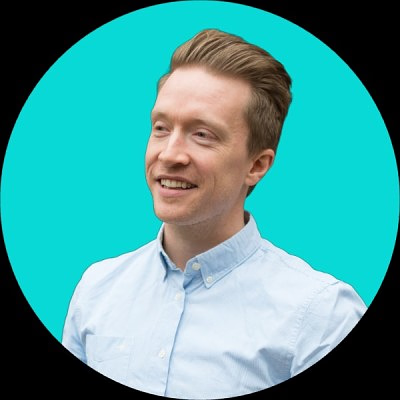
Olly Richards
Creator of the StoryLearning® Method
Olly Richards is a renowned polyglot and language learning expert with over 15 years of experience teaching millions through his innovative StoryLearning® method. He is the creator of StoryLearning, one of the world's largest language learning blogs with 500,000+ monthly readers.
Olly has authored 30+ language learning books and courses, including the bestselling "Short Stories" series published by Teach Yourself.
When not developing new teaching methods, Richards practices what he preaches—he speaks 8 languages fluently and continues learning new ones through his own methodology.
